The painting below utilizes net or basket-like shapes common
in the rock art of the Sierra Nevada Mountains.

Tableau of the Basket Weavers
1998
by Eric Whollem
India ink and casein on paper
Collection of the artist.
Copyright by the artist.
INSPIRATION FROM INDIGENOUS SOURCES
Modern European artists like Paul Klee and Joan Miro
are famous for translating the preshistoric cave arts of the
continent into modern terms.
Not all such cave painting is representational of animal
life; some art was symbolic and geometric much like the
Native American rock art found in North America, for
example. In California almost all rock art was abstract.
Only in isolated instances are animals or humans
depicted.
Some of my works may include more representational
elements than a typical pictographic work by a California
Native American.
But I have taken it upon myself to do for California rock
art what the above artists did for European prehistory.
*
The painting below is loosely based on the rock art of the
Chumash of the Santa Barbara area:
The Sunboat
1981
by Eric Whollem
earth paints on panel
4'x3'
Collection of the artist
Copyright by the artist.
EARTH PAINTING WITH REAL EARTH
Some may be familiar with the work of Heizer, an archaeologist
who attempted to catalogue California's rock art tradition, which is
much less well-known than that of Utah and the Southwest.
The Chumash Indians of the Santa Barbara area left a legacy of earth
paintings in various caves, now under protective care.
The work of the Chumash stands out in California's art history as a major
accomplishment in the field of painting.
In my work, entitled, The Sunboat, I have incorporated an image of
a ribbed boat with a large circular cross in the center. Images nearly
identical to this have been found in areas as far apart as Italy and
Siberia. Jungians would say that this image is from the mental storehouse
of the collective unconscious, while diffusionists would say that the image
spread through human migration.
The roundish, ovoid forms in The Sunboat are very Chumash. The paints
utlized to create this work are natural earth pigments that I gathered and
made into artist's materials.
*
The work below takes a visionary approach to pictographic abstraction:
Birds at the Crux of Night
1986
by Eric Whollem
gouache, oil stick, & wax medium on paper
9"x6"
Collection of the artist
Copyright by the artist.
RESPECT FOR TRADITIONS
sign language, that may have been intertribal.
Others see maps or other mnemomic patterns.
I have done hundreds of drawings in pictographic style,
reminiscent of California rock art. Based on these works
many paintings have been created.
Birds at the Crux of Night derives it's stylization from a
study of California prehistory.
*
The odd curvilinear lines in the work below are not
totally gratuitous, but based on rock art styles common
in the Sierra Nevada Mountains:
Constellation of the Geranium
1981
by Eric Whollem
watercolor varnished with wax on paper
Collection of the artist.
8" x 10 1/8"
Copyright by the artist.
MAIDU INDIAN INFLUENCES ON MY ART
In the 1970's I painted many small stones with my earth
paints in pictographic style.
It is not well-known that California has more Indian rock
art than any other state in the nation. The figurative rock
art of the Southwest, so often done in glorious natural
settings, has captured the popular imagination. Perhaps
it is best that things be left well enough alone. I travelled
to Susanville with Adrian Smith, Maidu tribal leader. We
visited a rock art site that had been used for target practice.
My Maidu friend, Robert Steidl, gave me a book on
Australian aboriginal rock art years ago. He pointed out to
me the affinities of Native American rock art to that of the
tribal peoples of the land of the Southern Cross. The
California Indians, in that they did not practice much farming
due to the plentitude of nature, lived as hunters and gatherers,
much like the Australians.
*
A number of my earth paintings are held in the Lowie
Anthropology Museum in Berkeley, California. This is thanks
to the insight of the museum's curator, Frank Norick. I feel
fortunate to have been recognized by this intitution that is so
well respected. Kroeber, the famous anthropologist, gave this
museum it's impetus years ago.
Herb Puffer, who owns Pacific Western Traders in Folsom,
California, has been an important patron. He specializes in
the art of California Indians. One of my paintings that he
purchased was exhibited at the Crocker Art Museum in
Sacramento. The painting dealt with the Kuksu religion of
the Maidu Indians.
*
A number of my earth paintings are held in the Lowie
Anthropology Museum in Berkeley, California. This is thanks
to the insight of the museum's curator, Frank Norick. I feel
fortunate to have been recognized by this intitution that is so
well respected. Kroeber, the famous anthropologist, gave this
museum it's impetus years ago.
A video about the Concow Maidu.
Herb Puffer, who owns Pacific Western Traders in Folsom,
California, has been an important patron. He specializes in
the art of California Indians. One of my paintings that he
purchased was exhibited at the Crocker Art Museum in
Sacramento. The painting dealt with the Kuksu religion of
the Maidu Indians.
*
Many interpretations can be given to rock art. It is best that
these are done with reverence. In the area of rock art, that
which is most ancient and most modern in the human psyche
meet in harmony.
which is most ancient and most modern in the human psyche
meet in harmony.
See my posts on pictographs and petroglyphs on this link:
http://artblogericwhollem.blogspot.com/search/label/pictographs%20and%20petroglyphs
Pictograph Art Video
Read more about the CONCOW MAIDU:
http://artblogericwhollem.blogspot.com/search/label/maidu%20indians
Pictograph Art Video
Read more about the CONCOW MAIDU:
http://artblogericwhollem.blogspot.com/search/label/maidu%20indians
FIGURATIVE ABSTRACTION


















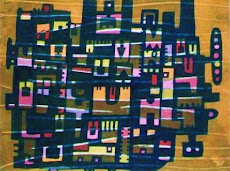


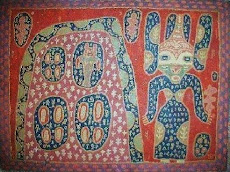






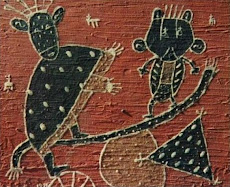


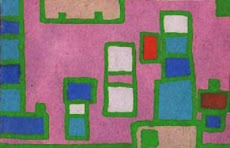




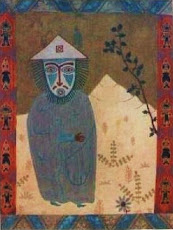



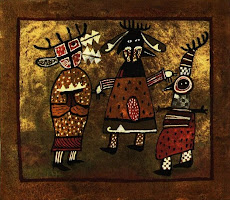






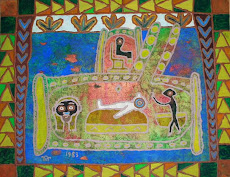




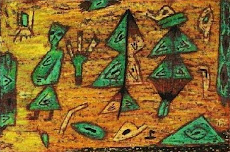
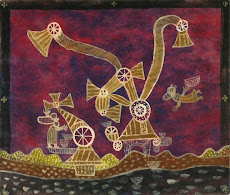









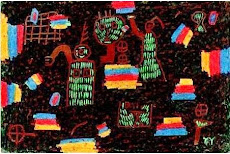
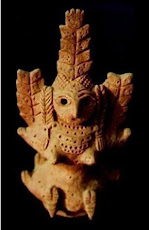
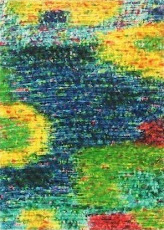





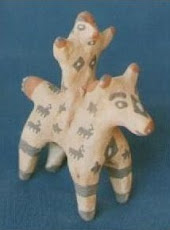
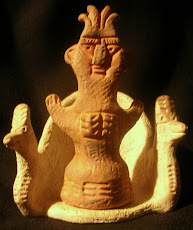
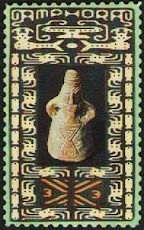
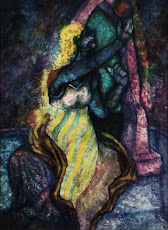
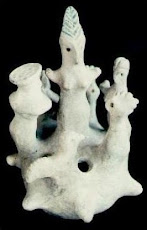

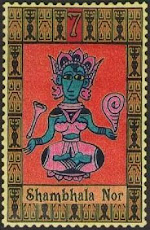

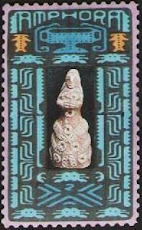
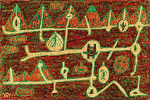

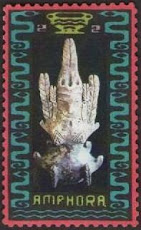



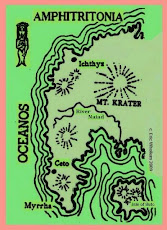
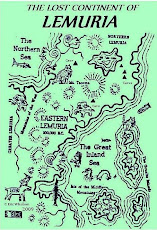
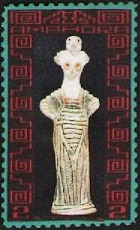



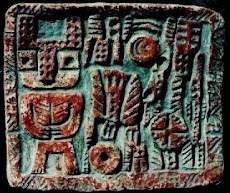

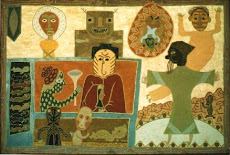





No comments:
Post a Comment
Inquiries, reactions, observations, favorites, commentary. Share with others.